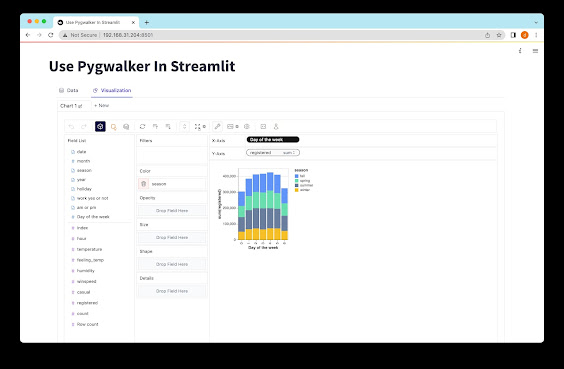ChatGPT Code Interpreter: Unleashing the Magic
If you're interested in coding or research, you may have heard of OpenAI's ChatGPT. This language model has been getting a lot of attention for its ability to generate natural language responses that are often indistinguishable from those generated by humans. But now, ChatGPT is taking things to the next level with the introduction of a Code Interpreter plugin.
This new feature allows users to generate code, run code, upload and download files, evaluate output, and more, all from within the ChatGPT interface. For now, the Code Interpreter runs Python with a relatively small selection of libraries, but even this limited functionality opens up exciting possibilities.
One particularly impressive aspect of the ChatGPT Code Interpreter is its ability to analyze output and use it in other functions. This means that you can string together different code blocks, taking the output of one and feeding it to another. For example, ChatGPT could use an algorithm to generate a maze, convert the maze into blocks, use another algorithm to find the exit, make it look like a game of Pac-Man, and even generate a Pac-Man gif.
Previously, users would have had to take the output from ChatGPT and test it in a separate environment, which was time-consuming and less efficient. But now, with the addition of the Code Interpreter, much more development and analysis can be done within the ChatGPT interface.
This new tool is not just for coding, however. It can also analyze data, such as spreadsheets, and then perform functions like graphing. This makes it an excellent tool for research as well.
So what can you do with ChatGPT's Code Interpreter? Well, the possibilities are nearly endless. For example, using the Code Interpreter's ability to generate downloadable files, an experimenter was able to ask ChatGPT to generate a Shepard tone (a sound illusion that seems like it's constantly getting higher in pitch), show the tone in a graph, and then output it as a wav file.
Taking things even further, ChatGPT was able to generate a session of Conway's Game of Life and then turn it into music. By applying a pentatonic scale, the output sounded even more pleasing. And who says you can't judge a book by its cover? ChatGPT was even able to generate an album cover for this Game of Life song.
Not content to stop there, the experimenter wondered if ChatGPT could generate a functioning QR code image. And indeed it could! But then the experimenter took things one step further and asked ChatGPT to create a Game of Life simulation that ended in a QR code. And yes, ChatGPT was up to the task.
The Code Interpreter can also work with images. Using OpenCV and a face-finding algorithm, the Code Interpreter was able to create a function to find a face in a given image. By converting an image to an ASCII image, ChatGPT produced an interesting and unique output.
But perhaps the most exciting aspect of the Code Interpreter is its ability to output data in different forms, including animated gifs and generative animations. The experimenter was able to make a bouncing block, a snowstorm, and a session of Game of Life that inspired the QR code experiment.
Finally, the Code Interpreter even has Optical Character Recognition capabilities, which can be combined with ChatGPT's natural language generation abilities for interesting possibilities in restoring older documents and other projects.
It's clear that ChatGPT's Code Interpreter has a lot of potential, and it will be exciting to see what developments come next. With the ability to generate code and perform analysis within the interface, the possibilities are nearly endless. If you're interested in coding or research, ChatGPT's Code Interpreter is a tool worth exploring.

Comments
Post a Comment